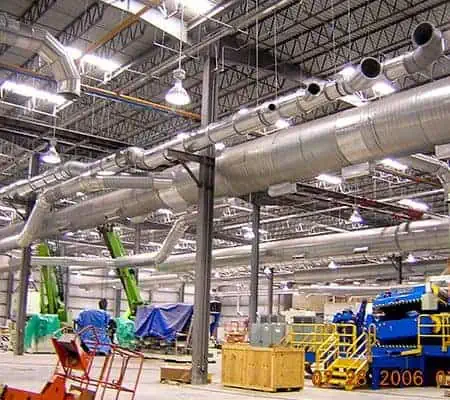Mastering Moisture Control: Effective Strategies for Shipping Container Preservation

Moisture control is a critical aspect of shipping container preservation. Without proper measures in place, moisture can lead to a range of issues, including mold growth, corrosion, and damage to goods. In this article, we will explore various strategies to effectively control moisture in shipping containers, ensuring the integrity and quality of the cargo.
- Understanding Moisture Sources:
To tackle moisture control, it is essential to identify the potential sources of moisture within shipping containers. These sources can include external factors such as weather conditions, condensation, and humidity, as well as internal factors like the cargo itself. By understanding these sources, we can develop targeted solutions. - Proper Container Inspection and Preparation:
Before loading cargo, it is crucial to inspect and prepare the shipping container adequately. This involves checking for any existing damage, ensuring proper sealing, and addressing any potential entry points for moisture. By conducting a thorough inspection, we can prevent moisture from entering the container in the first place. - Effective Ventilation Systems:
Implementing an efficient ventilation system is vital for moisture control. Proper airflow helps to regulate humidity levels and prevent condensation. This can be achieved through the installation of vents, fans, or dehumidifiers. Additionally, utilizing moisture-absorbing materials such as desiccants can further enhance the effectiveness of ventilation systems. - Moisture Barrier Solutions:
Using moisture barrier solutions is an effective way to protect cargo from moisture damage. These solutions include moisture-resistant packaging materials, such as vapor barriers, moisture-proof films, and specialized coatings. Applying these barriers to vulnerable areas within the container can significantly reduce the risk of moisture-related issues. - Monitoring and Maintenance:
Regular monitoring and maintenance are essential to ensure ongoing moisture control. This involves periodic inspections, checking humidity levels, and addressing any signs of moisture buildup promptly. Implementing a comprehensive maintenance plan will help to identify and rectify any potential issues before they escalate.
Conclusion:
Controlling moisture in shipping containers is crucial for preserving the quality and integrity of cargo. By understanding the sources of moisture, conducting proper inspections, implementing effective ventilation systems, utilizing moisture barrier solutions, and maintaining regular monitoring, we can minimize the risk of moisture-related problems. By following these strategies, shipping companies can ensure that their cargo arrives at its destination in optimal condition, ultimately enhancing customer satisfaction and reducing financial losses.


